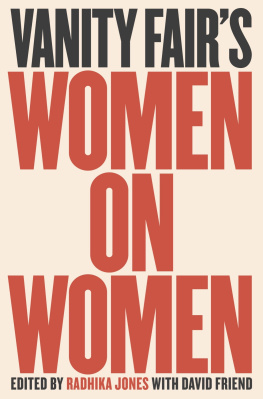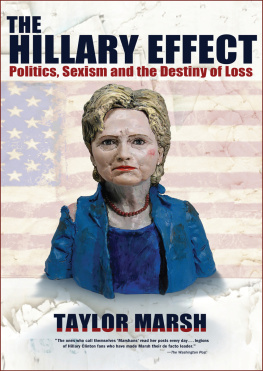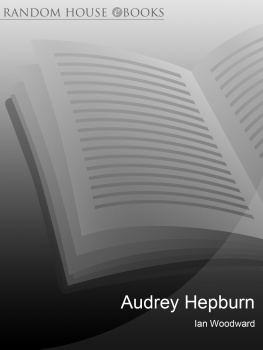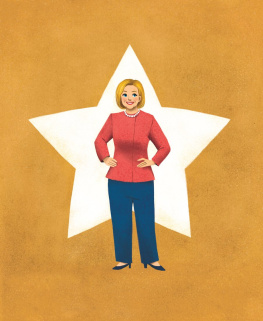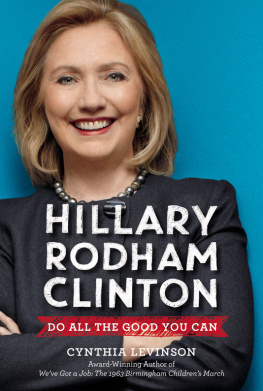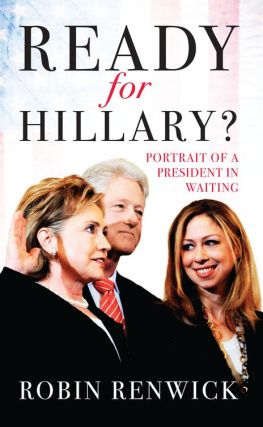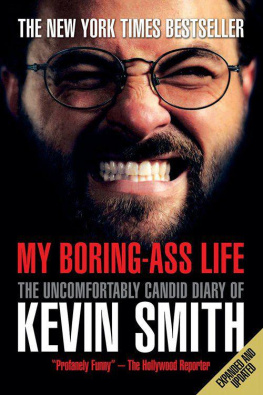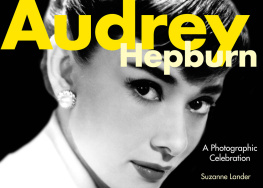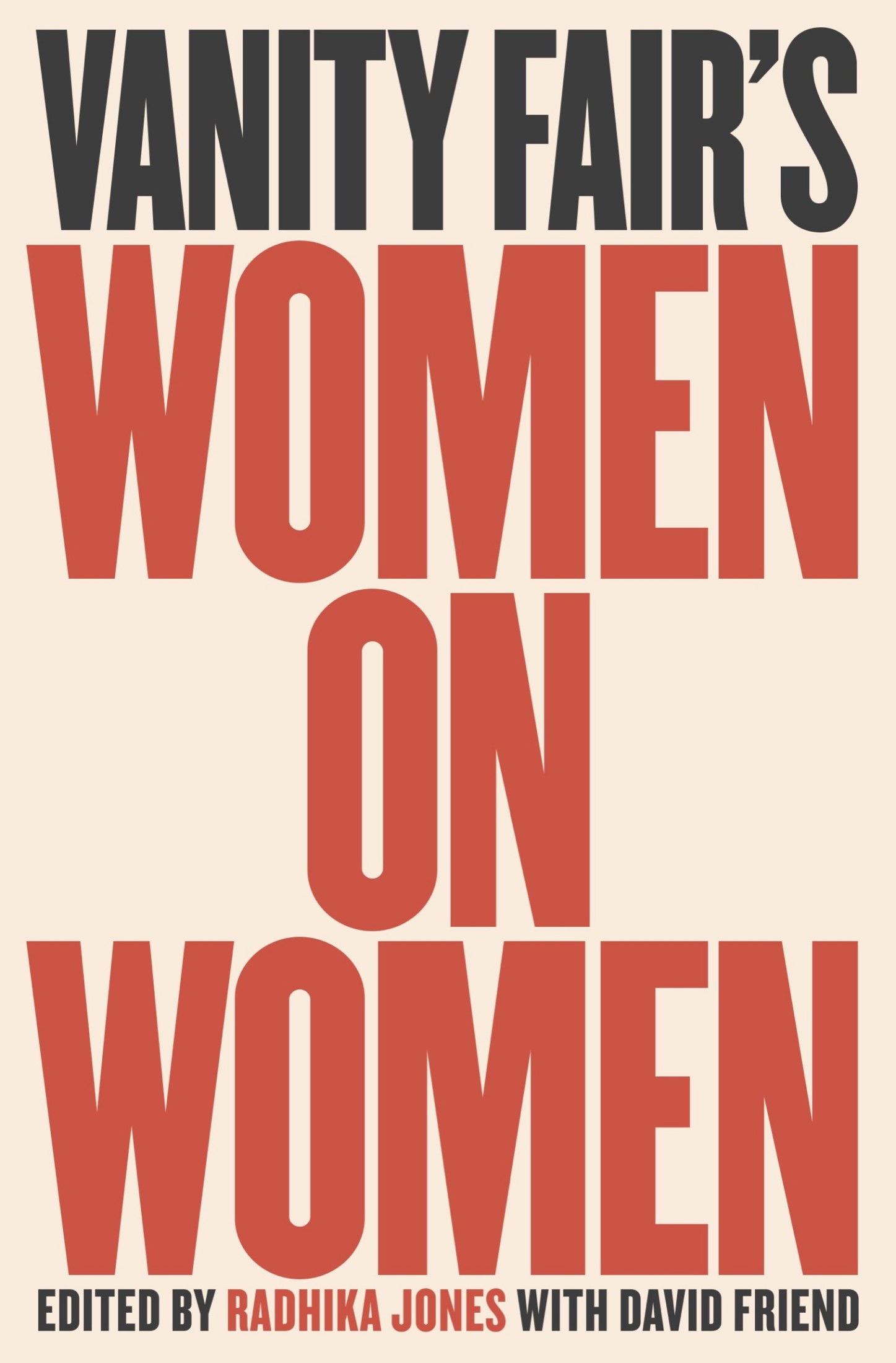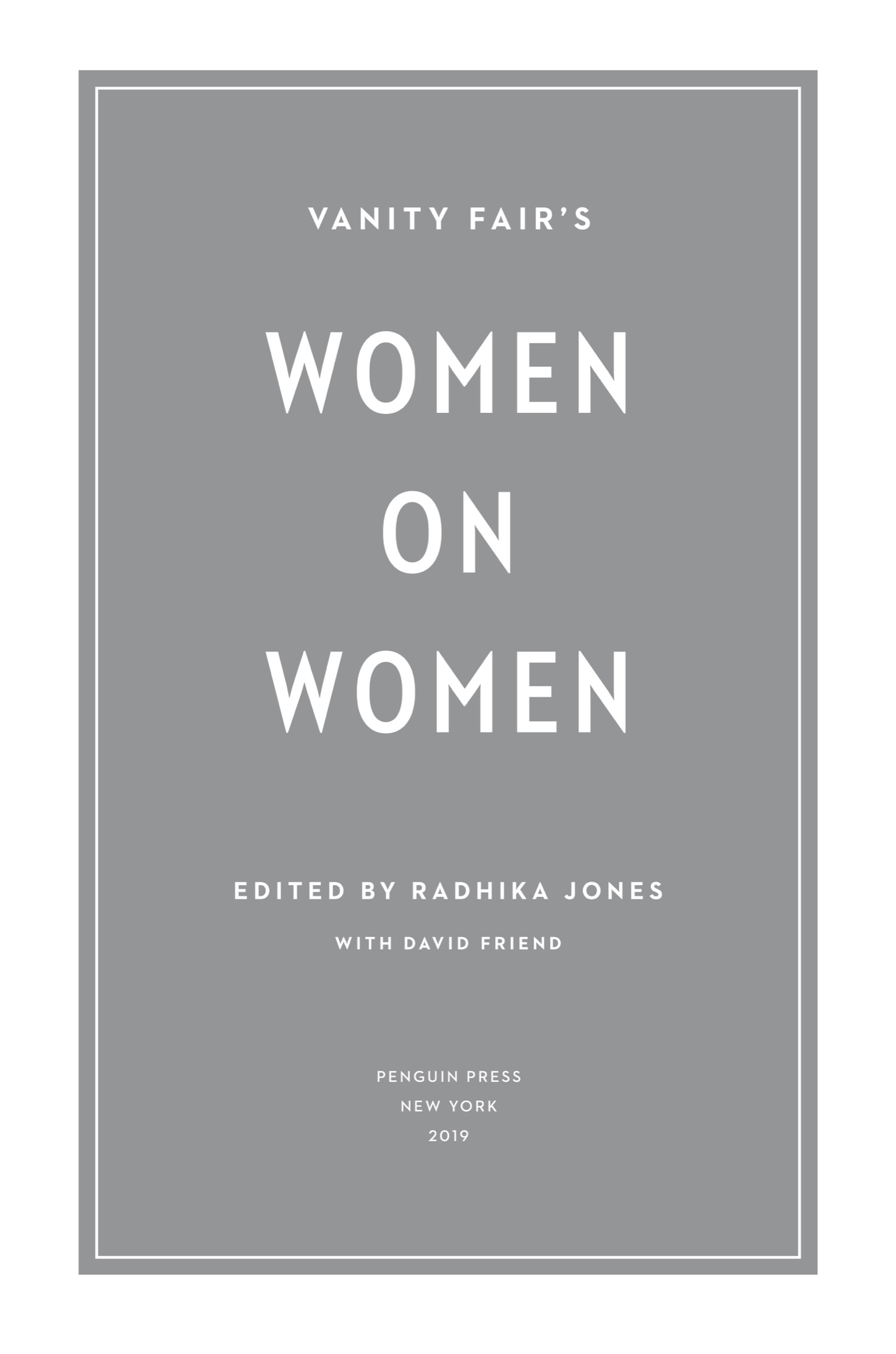ALSO FROM VANITY FAIR
Vanity Fair s Hollywood
Oscar Night
Vanity Fair : The Portraits
Vanity Fair s Tales of Hollywood
Vanity Fair s Proust Questionnaire
Vanity Fair s Presidential Profiles
The Great Hangover: 21 Tales of the New Recession
Vanity Fair 100 Years
Bohemians, Bootleggers, Flappers, and Swells: The Best of Early Vanity Fair
Vanity Fair s Writers on Writers
Vanity Fair s Schools for Scandal
PENGUIN PRESS
An imprint of Penguin Random House LLC
penguinrandomhouse.com
Copyright 2019 by Cond Nast
Penguin supports copyright. Copyright fuels creativity, encourages diverse voices, promotes free speech, and creates a vibrant culture. Thank you for buying an authorized edition of this book and for complying with copyright laws by not reproducing, scanning, or distributing any part of it in any form without permission. You are supporting writers and allowing Penguin to continue to publish books for every reader.
All essays in this collection were previously published in Vanity Fair or on vanityfair.com. The following essay is used by permission:
Love Match from Elizabeth the Queen: The Life of a Modern Monarch by Sally Bedell Smith,
copyright 2012 by Sally Bedell Smith. Used by permission of Random House, an imprint and division of Penguin Random House LLC. All rights reserved.
LIBRARY OF CONGRESS CATALOGING- IN-PUBLICATION DATA
Names: Jones, Radhika, editor.
Title: Vanity fairs women on women / edited by Radhika Jones ; with David Friend.
Other titles: Vanity fair (New York, N.Y. : 1983)
Description: New York : Penguin Press, 2019.
Identifiers: LCCN 2019009993 (print) | LCCN 2019981398 (ebook) | ISBN 9780525562146 (hardcover) | ISBN 9780525562153 (ebook)
Subjects: LCSH: Women--Biography. | Women--Attitudes--Case studies.
Classification: LCC CT3235 .V36 2019 (print) | LCC CT3235 (ebook) | DDC 920.72--dc23
LC record available at https://lccn.loc.gov/2019009993
LC ebook record available at https://lccn.loc.gov/2019981398
Version_1
CONTENTS
INTRODUCTION
By Radhika Jones
Vanity Fair profiles set themselves apart through the bracing, unflinching nature of the writers gaze. This is especially powerful and poignant when the gaze is female. Who could prepare for the scene in Maureen Orths 1993 portrait of Tina Turner when Turner pulls the hem of her dress from her legs all the way up to her shouldersno braand turns to show off her curves in profile. A showstopper, youd thinkbut Orth doesnt stop there. Instead, she looks past the silhouette to note that the thing she cant see is just as important, if not more. Whats really remarkable about Tina Turners face, she writes, is how few scars it bears from the years of beatings she took. A difficult, at times contentious discussion of brutal domestic violence ensues. This is no glossed-over celebrity profile; this is a deep, dark dive. (See page224.)
But since this is also the resilient Tina Turner, she comes up singing. And at one point, Turner circles back to an almost confrontational question that Orth posed during their sessions together: Have you ever stood up for anything? Turner, with strength and vulnerability on display, revisits the question and responds, I am happy that Im not like anybody else. Because I really do believe that if I was different I might not be where I am today. You asked me if I ever stood up for anything. Yeah, I stood up for my life.
This book is full of women who are not like anybody elsewomen who, in their singular ways, stood up for their lives, as they envisioned them, and in so doing, shaped the lives of multitudes. Vanity FairsWomen on Women is a collection of classic profiles and essays about women by women. All these pieces appeared in the modern incarnation of the magazine, during the past thirty-six years, though some travel further back, into the lives of icons such as Frida Kahlo and Grace Kelly, whose work and legacy endure.
Since its inception during the Jazz Age, more than a century ago, Vanity Fair has covered historically significant women, focusing on their pursuits and passions, their trials and triumphs, and their evolving roles in society. When the magazines inaugural editor, Frank Crowninshield, took the helm in 1914, one of the cornerstones of his mission statement for the publication declared: We hereby announce ourselves as determined and bigoted feminists. The magazine would go on to be a vital cultural bellwether until the Great Depression, when it suspended publication and was folded into Vogue, only to be resurrected in 1983.
Crowninshielda social dynamo, art connoisseur, and uncanny arbiter of magazine talentemployed dozens of women writers and editors. Among his earliest hires was a budding essayist, humorist, and contrarian named Dorothy Rothschild (later Dorothy Parker). Among the most influential editors in Crowninshields crew was Clare Boothe (Brokaw) Luce, who, after helping conceive what would become Life magazine in the 1930s, became a renowned playwright, member of Congress, U.S. ambassador to Italy, and an advisor to presidents.
Vanity Fairs literary roster during the Jazz Age included many of the luminaries of the era: Djuna Barnes, Helen Brown Norden, Margaret Case Harriman, Willa Cather, Colette, Janet Flanner, Anita Loos, Vita Sackville-West, Edna St. Vincent Millay, Gertrude Stein, Helen Wells, and Elinor Wylie among them. Illustrators such as Thelma Cudlipp, (Regina) Aline Farrelly, Ethel M. Plummer, Ethel Rundquist, and Rita Sengeralong with the prolific Anne Harriet Fishcreated scores of memorable covers. Women also filled Vanity Fairs photographer ranks, including some of the emerging portraitists of the time, such as Berenice Abbott, Imogen Cunningham, Louise Dahl-Wolfe, Helen Macgregor, Florence Vandamm, and Toni von Horn.
Women contributed essays and columns about the suffrage movement and social norms, sexual mores and modern manners, crime and scandal, nightlife and high society, the workplace and the home, art criticism and theater reviews. In 1915, Crowninshield decided to assign one of the magazines most popular early pieces after he was ridiculed for asserting that he knew a dozen women in New York who earned more than $50,000 a yearand fifty more who made over $10,000 (more than $250,000 in current dollars). The writer, Anne OHagan, conducted her own investigation, surveying a range of female entrepreneurs and arts figures, and discovered that Crowninshields estimate was far too low.
Some seventy years later, Tina Brown, who turned the magazine into a cultural mainstay in the 1980s and early 1990s, continued in this tradition, realizing that the voice of the intrepid woman writeralong with the vision of women photographers and illustratorswere part of Vanity Fairs DNA. One need only consider how integral the work of Annie Leibovitz, the magazines principal photographer for its entire modern era, has been to its identity to understand the role women have played in Vanity Fairs staying power, whether through the inaugural Hollywood Issue cover in 1995 (featuring a young Sandra Bullock, Gwyneth Paltrow, and Julianne Moore, among others), Leibovitzs portrait of Queen Elizabeth II in 2016, or her picture of a wry, knowing Lena Waithe, the actor-screenwriter-producer, in 2018.

